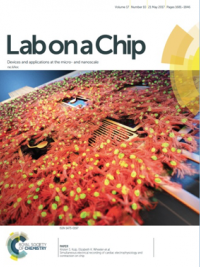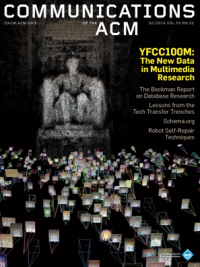Livermore and Harvard Medical School researchers report a novel cardiac platform that can record cardiac tissue adhesion, electrophysiology, and contractility on the same chip.
Journal Covers
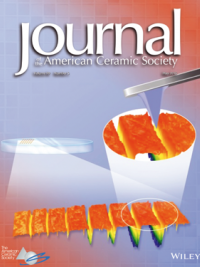
The nanomechanical deformations on glass surfaces near the elastic–plastic load boundary have been measured on various glasses by nanoscratching using an atomic force microscope (AFM) to mimic the mechanical interactions of polishing particles during optical polishing.
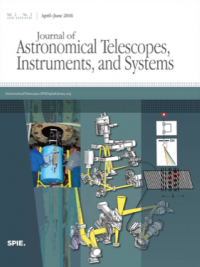
Observations of stars were performed with the “TEDI” interferometer mounted within the central hole of the 200-in. primary mirror in series with the comounted TripleSpec near-infrared echelle spectrograph.
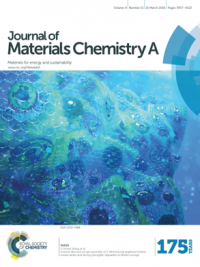
Via a unique two-step solvent-directed sol-gel process, researchers have synthesized and directly compared the electrochemical performance of several representative graphene/metal oxide (GMO) nanocomposites.
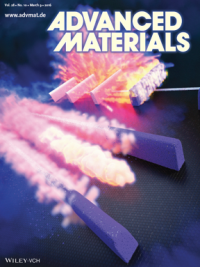
Researchers demonstrate that 3D printing can be used to tailor the dynamic behavior of materials, so long as the feature sizes are made commensurate with the length scale of the governing phenomena.
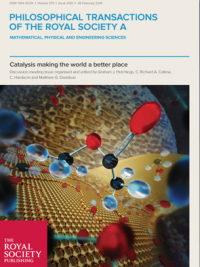
Research team outlines an approach to efficient catalyst design through modeling and experiment for nanoporous gold (npAu).
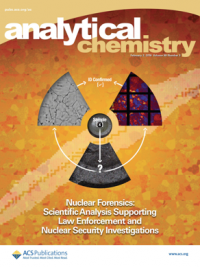
Provides a general overview of nuclear forensics, selecting examples of key “nuclear forensic signatures,” which have allowed investigators to determine the identity of unknown nuclear material in real investigations.
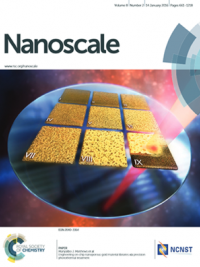
Researchers use finite element multiphysics simulations to predict the effects of laser mode (continuous-wave vs. pulsed) and thermal conductivity of the supporting substrate on the local np-Au film temperatures during photothermal annealing.

This research examine the responses of two candidate capping layer materials, made of SiO2 and Al2O3, over silica-hafnia multilayer coatings to protect high-reflection mirror coatings.


